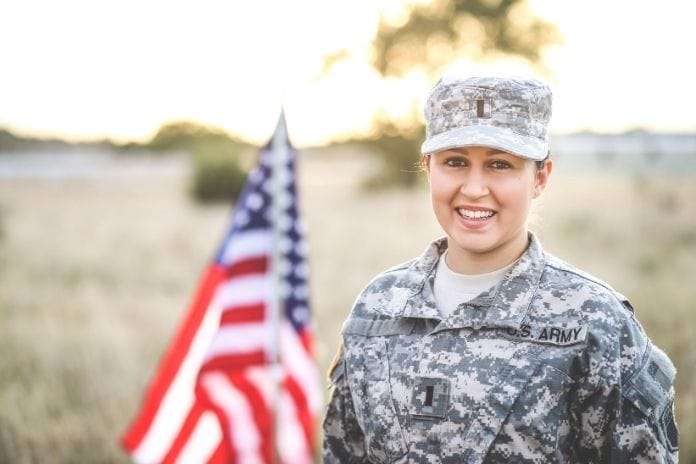If you grew up seeing the U.S. Army in its trademark digital camouflage fatigues during the wars in Iraq and Afghanistan, the modern outfits of the Army may look quite different to you—perhaps a little old-school. Both the combat and service uniforms appear rather classic with a modern spin. It may seem unorthodox for a military, ever on the technological vanguard, to look backward rather than forward. Why did the Army change its uniforms after all these years? We’ll take a closer look.
Reestablishing Service Uniforms
As civilian workplaces relaxed their dress codes, the Army followed, allowing soldiers to wear their combat uniforms outside of combat. To underscore the distinction between the battlefield and the office, modern senior officials made the decision to focus on a discrete service uniform for non-combat operations. Rather than design a new uniform, designers took cues from the “pinks and greens” of the 1940s, which paired olive-drab jackets with slightly pinkish khakis for an iconic appearance that hearkens back to the Allies’ decisive victory in World War II. Leaders hope that pride in appearance and a sense of continuity with our great military achievement will have measurable benefits. The Army rolled out its new service uniforms in 2019.
Function Matters
When your camouflage doesn’t camouflage, you have a problem on your hands. That was what the Army discovered when its Universal Combat Pattern proved ineffective in a variety of environments. Unlike prior designs, UCP used digitally generated patterns to disrupt the eye. This pattern was meant to split the differences between woodland, desert, urban, and mountain environments across the dual theaters of Iraq and Afghanistan. What they found was that while this digital pattern was very effective as a branding strategy, it proved inadequate in the varied battlefields. In 2019, the Army replaced their combat uniforms with the Operational Combat Pattern, or OCP—a return to a less overtly digital camouflage pattern with a greater emphasis on dark greens and browns.
In Summary
The Army changed its uniforms for two important reasons. In the military, morale matters. This inspired the transition to the neo-retro service uniform we now see. But at the same time, form must follow function, especially on the battlefield, where the ability to go unseen is crucial to a mission in which lives hang in the balance.








































